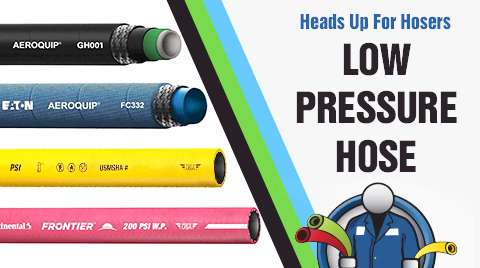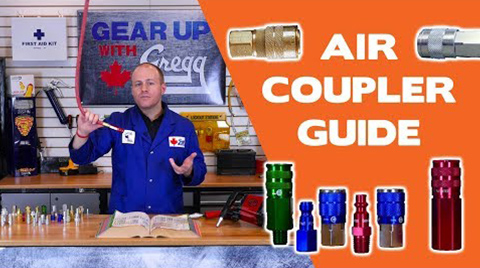Fuses are widely used in cars, trucks, and just about any electronic system you can think of. Although these may seem simple at first glance, there’s actually a lot to know.
Automotive Fuses
Automotive fuses are a sacrificial component in the electrical system of your car or truck, that are designed to “blow” or “open” to stop the circuit in the event of excessive current. Believe it or not, the little ol’ fuse is the crucial element protecting the larger electronic systems in your car from overcurrent’s or short circuits. These may be caused by adding aftermarket electronics like off-road lights and sound systems.
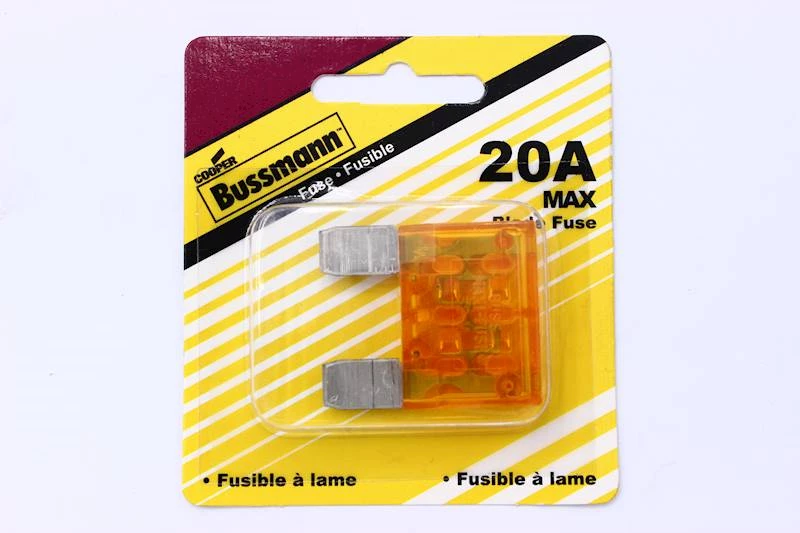
Though this might seem daunting, it’s easy to tell if an automotive fuse has been blown or not with a quick visual inspection. A thin strip of conductive material is contained within a safety shield. If the fuse reaches its “breaking capacity” the fuse wire will melt and separate, which can be seen through the transparent sheath.
Let’s say you’ve accidentally blown a fuse, so how do you go about replacing it? Well, whatever you do, don’t throw away the blown fuse! There are different types, sizes, and amperage ratings to be mindful of, and knowing what to look for helps. At Gregg’s we carry automotive fuses from Pronghorn, Dynaline, Grote, Techspan, and Bussmann.
Automotive fuses are color-coded with the amperage rating shown on top, though the colour coding does vary from one type to the next. This rating refers to the maximum amps a fuse can withstand before it fails. There are 6 different types of fuses you might encounter, and each type comes in a range of different amps ratings.
Types of Fuses
Bolt Down Fuses
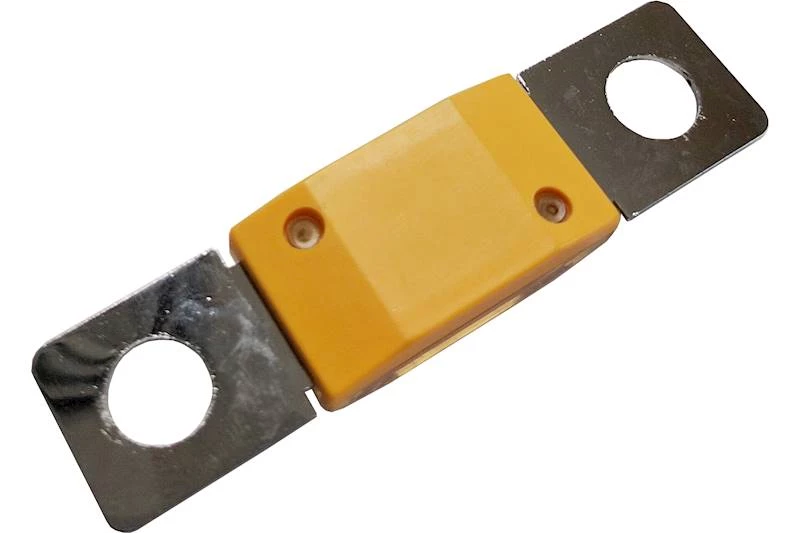
Bolt Down Fuses need to be secured to a fuse holder using a bolt, screw, or nut. These are ideal for battery and alternator circuit protection with ratings as high as 800 amps.
Cartridge Type Fuses

Cartridge Type Fuses These rectangular fuses offer increased time delay and low voltage drop protection. Cartridge fuses are designed to withstand higher temperatures for longer periods of time, so they are perfect for higher amperage circuits like alternators and starters. These are also colour coded for easier identification, and provide protection from currents ranging from 15 amps to 120 amps.
Glass Tube Fuses
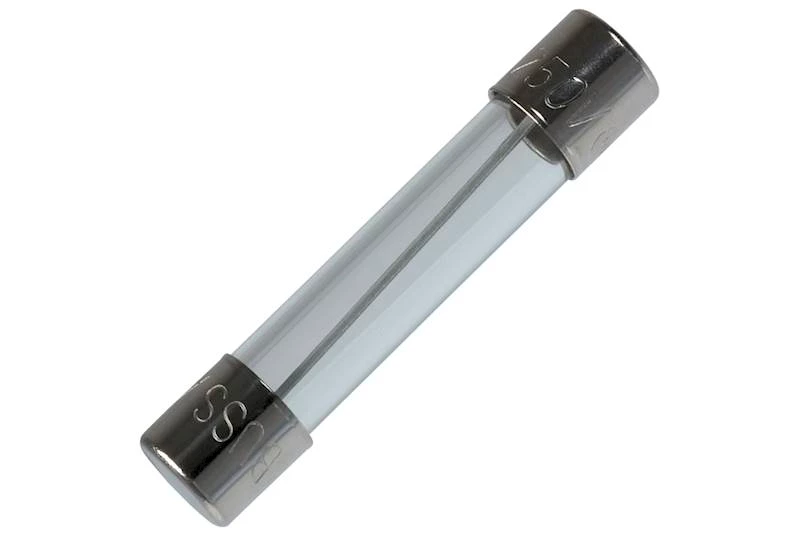
Although Glass Tube Fuses are no longer used in the automotive world, you might encounter one in a North American car that was built before 1986. Depending on the diameter, these fuses are rated between 1 and 60 amps. “Fast blow” glass fuses will pop as soon as they reach their breaking capacity, while “time-delay” glass fuses can resist higher temperatures for a short period of time, like a compressor fan kicking on.
Blade Fuses
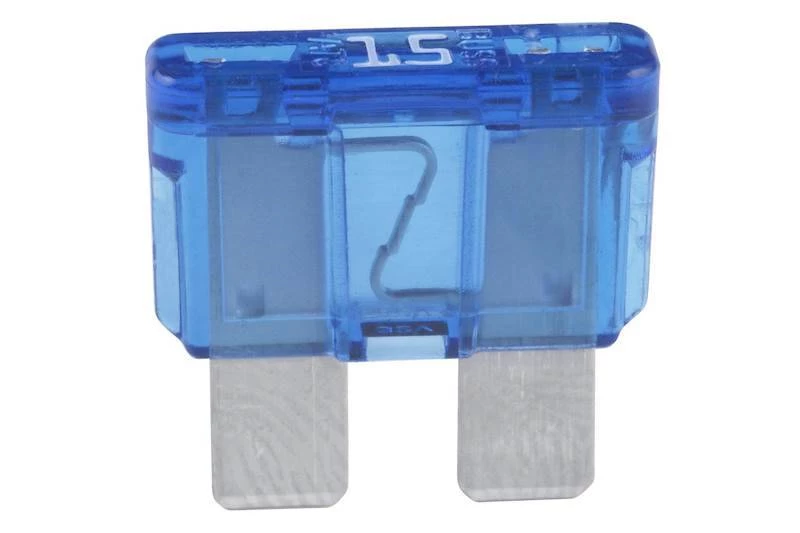
The most common type of automotive fuses is blade fuses. First introduced in 1970, blade fuses can be found in virtually every car on the road. Most blade fuses are designed for 12V electrical systems and follow the standardized DIN colour coding system. Blade fuses range anywhere from 1 to 80 amps.
There are 4 main types of blade fuses: Micro, Mini, Regular, and Maxi.
- The smallest are the Micro blade fuses which are commonly referred to as ATR or ATL styles, and are available with either 2 or 3 metal prongs. The two-prong or “Micro 2” fuse has current ratings of 5 to 30 amps. While the three prong or “Micro 3” fuse has ratings of 5 to 15 amps, and is designed to protect 2 different output circuits from a single power source. Power flows into the Micro 3 fuse via the middle prong and out via the 2 outside prongs.
- Slightly larger than the Micros, the Mini blade fuses come in two types: commonly referred to as APM or ATM style. These are the most common fuses seen in modern vehicles. They are available from 2 to 30 amps and also come in a shorter, low-profile option.
- Regular or Standard were the first blade fuses designed by Littelfuse and are commonly referred to as an APR, ATC, or ATO style fuse. These are still found in many cars and trucks today and have a current rating from 1 to 40 amps.
- Finally, we have the large-and-in-charge Maxi or APX blade fuses. These are used in heavy duty applications and will have a current rating between 20 and 100 amps. For Maxi fuses, the DIN colour coding has two key differences to take note of. They are grey rather than clear at 25 amps, and brown instead of blue-green at 35 amps.

Locating and Removal of Fuses
There is a unique option that is also available on many of the fuses mentioned above. Often times when you open a fuse panel, it can be troublesome to find the problem fuse. If you’re looking for a quick visual to see which is the blown fuse, consider using the EASYID LED illuminating fuses that light up to indicate a fuse has opened allowing you to quickly spot a fuse that may be tucked away under a dark dashboard.
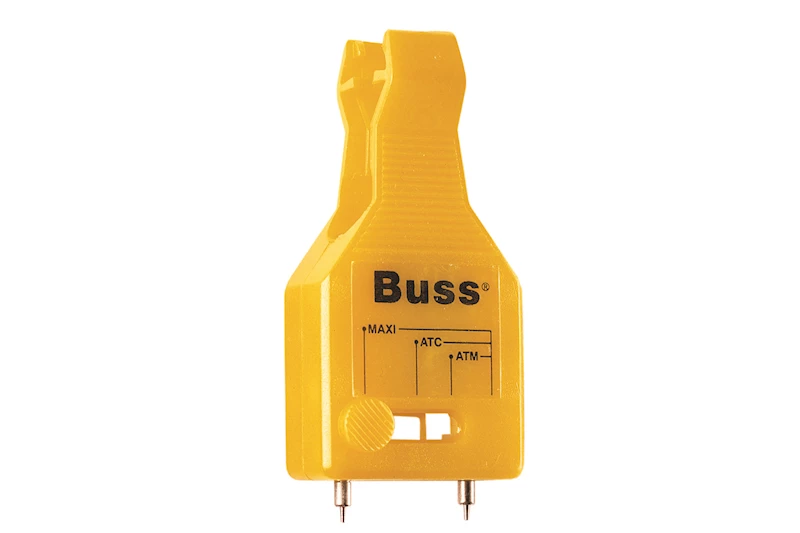
It's really easy to replace an automotive fuse, old one out – new one in. To make this even easier, you may want to consider a fuse removal tool. This handy tool makes it easy to remove fuses and has the added benefit of incorporating a tester that works on both blade and glass style fuses. Keep in mind, if you have a fuse that is blowing repeatedly, you’ll need to identify the underlying problem or the same fuse will continue to fail every time you replace it. A blown fuse will usually mean minor electrical problems like your lights or radio not working, or your check engine light might even turn on. However, a bad fuse can also have more serious repercussions. For example, if you replace a blown fuse with one that is a higher amperage than required, this could cause wires to melt and cause a more serious electrical issue.
I hope you’re amped up about all this fuse-inating information. If you want to know more about our extensive offering of automotive fuses feel free to contact us, also don’t forget to subscribe to our email list and give us a follow-on social media so you can stay up to date with things happening here at Gregg Distributors!



